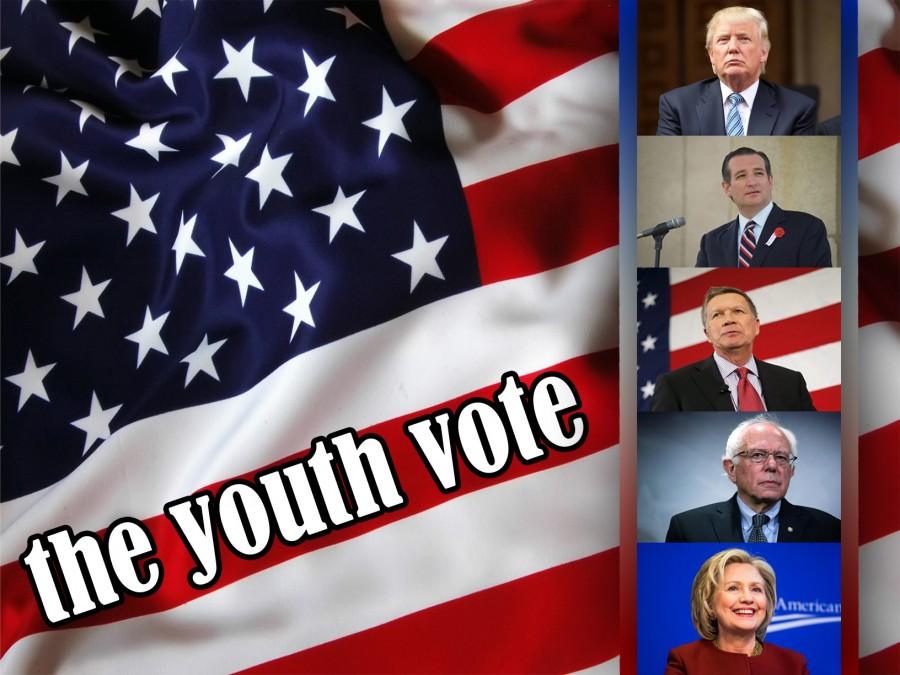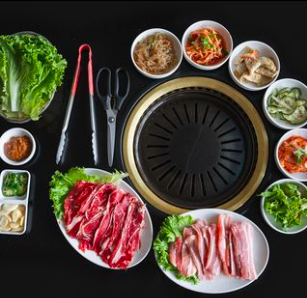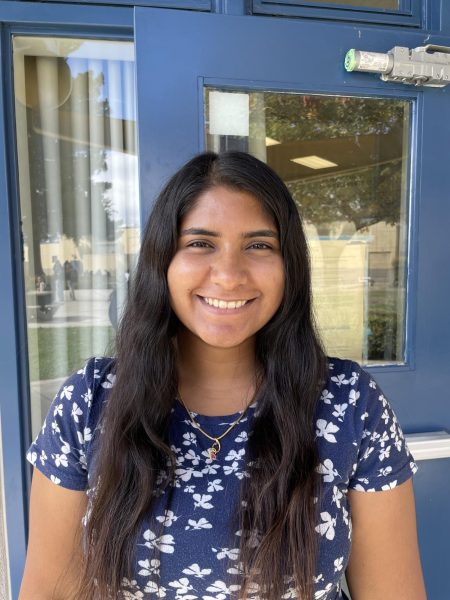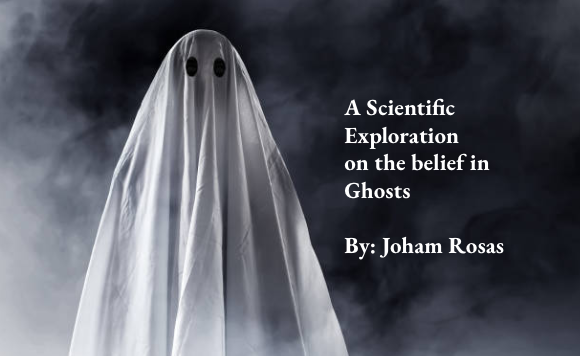2016 Election: Young Voters on the Rise
100% of those eligible to vote plan to participate in the upcoming election
Today’s youth are more politically active than ever, and they want their voices heard. Now that the big election is only a few months away, everybody wants to know: who’s got the youth vote?
At the very beginning of the presidential race, there were over 20 candidates campaigning for the executive office. That number soon fell as one by one, hopefuls dropped out of a race they knew they could not win. As of now, only five candidates remain in the race: two Democrats and three Republicans. With the playing field so noticeably narrowed, it was time to get down to business.
Hillary Clinton, Bernie Sanders, Ted Cruz, Donald Trump, and John Kasich are currently fighting for their party’s nomination. Two candidates—one Democrat and one Republican—will then go head-to-head for a seat in the Oval Office. Overall, Clinton and Trump lead their respective parties in delegates, but these numbers reflect the preferences of all voters—not just Millennials. Voters of the younger generation—many of them first-timers—have a slightly different view on who would be best suited to run the United States.
67 Lincoln students from 4 grade levels participated in a recent survey about the election. We asked them about their voting eligibility, political affiliations, and favorite candidates.
Of the five remaining candidates, Bernie Sanders was the most popular choice among the student body. Sanders took approximately 74.4% of the votes at Lincoln, over three times as many as Clinton, who received 20.3%. The poll also revealed that students at Lincoln are overwhelmingly Democratic; approximately 2/3 of those surveyed considered themselves so. Republican candidates as a whole received only 6.3% of the student vote.
Most surprising however, is the fact that 100% of those who were eligible to vote stated that they planned to head to the polls this November. This is big news for candidates like Sanders who rely on support from young voters.
Coverage of debates and primaries on apps like Snapchat has made news more accessible to today’s youth. Teens who would otherwise have no interest in the election are now being exposed to big events as they happen. Twitter and Instagram are also contributing to increased circulation of election news with popular hashtags such as #imwithher and #makeamericagreatagain. The new political scene is one in which young voters play an increasingly large role. Every vote counts, so make sure to cast your ballot this upcoming November!

Chau moved from Saigon to San Jose in the early 2000s and has been a Bay Area local for over 14 years. As a senior, she participates in the school’s...







